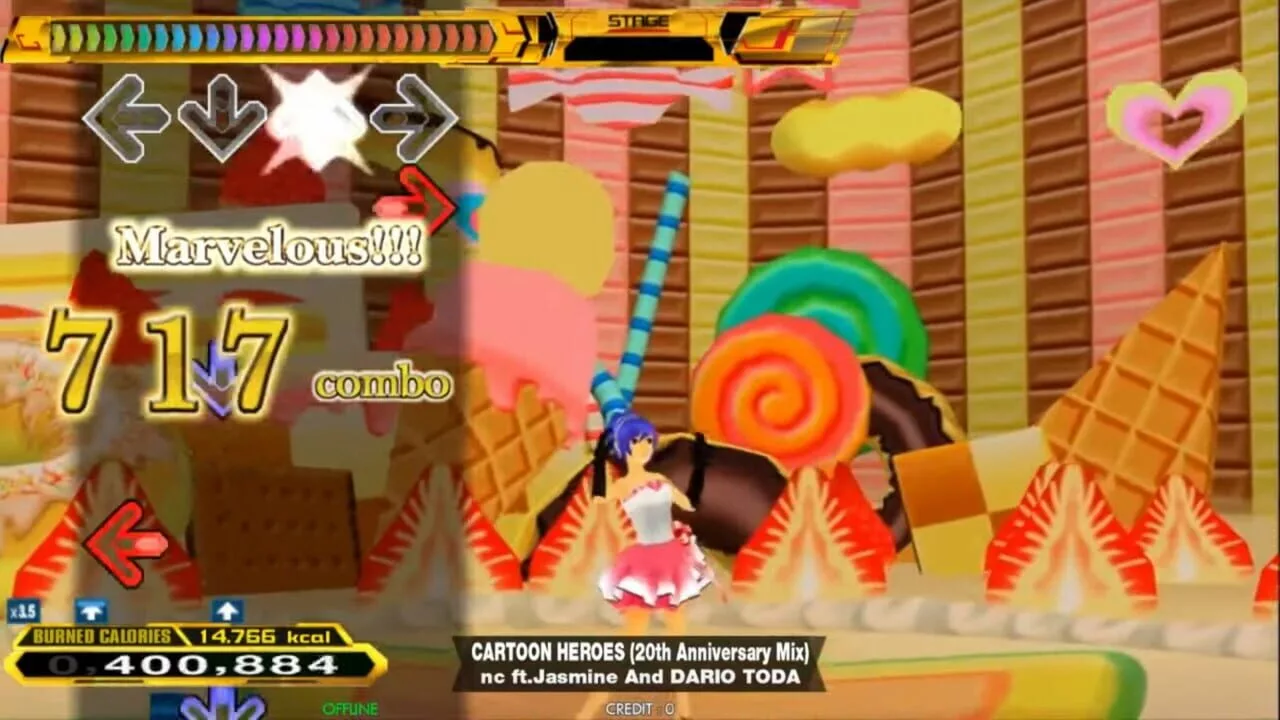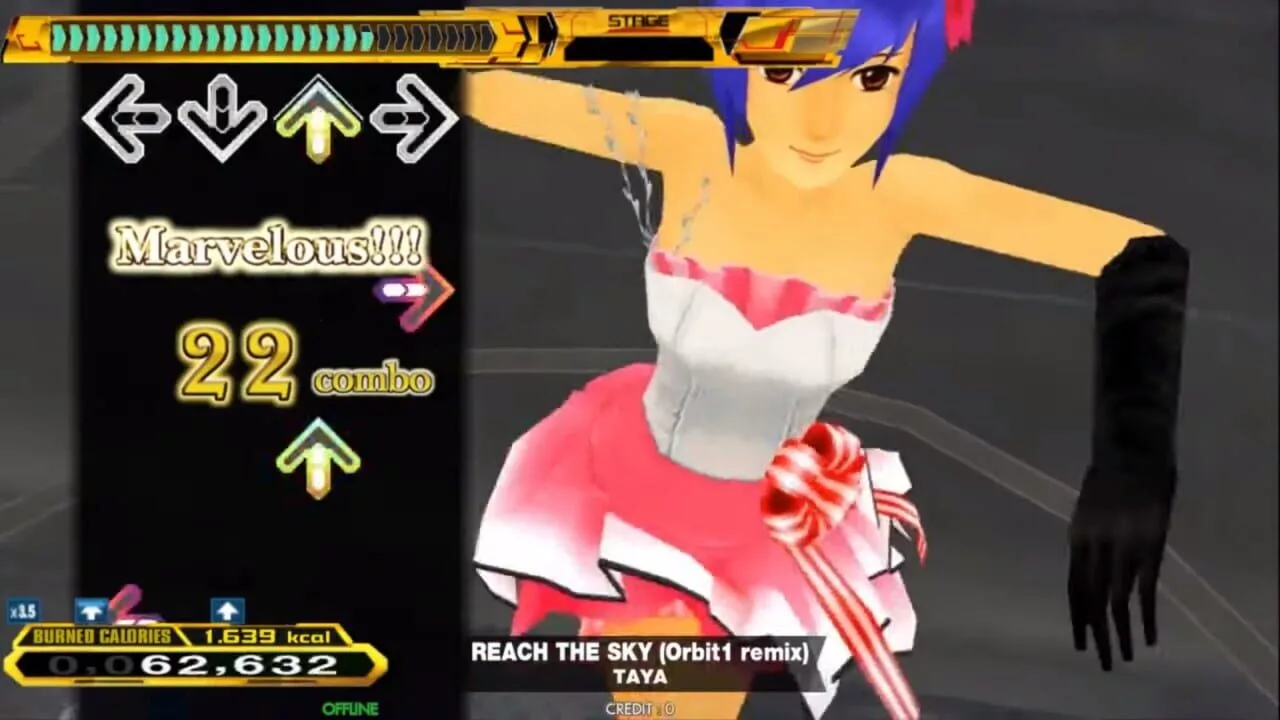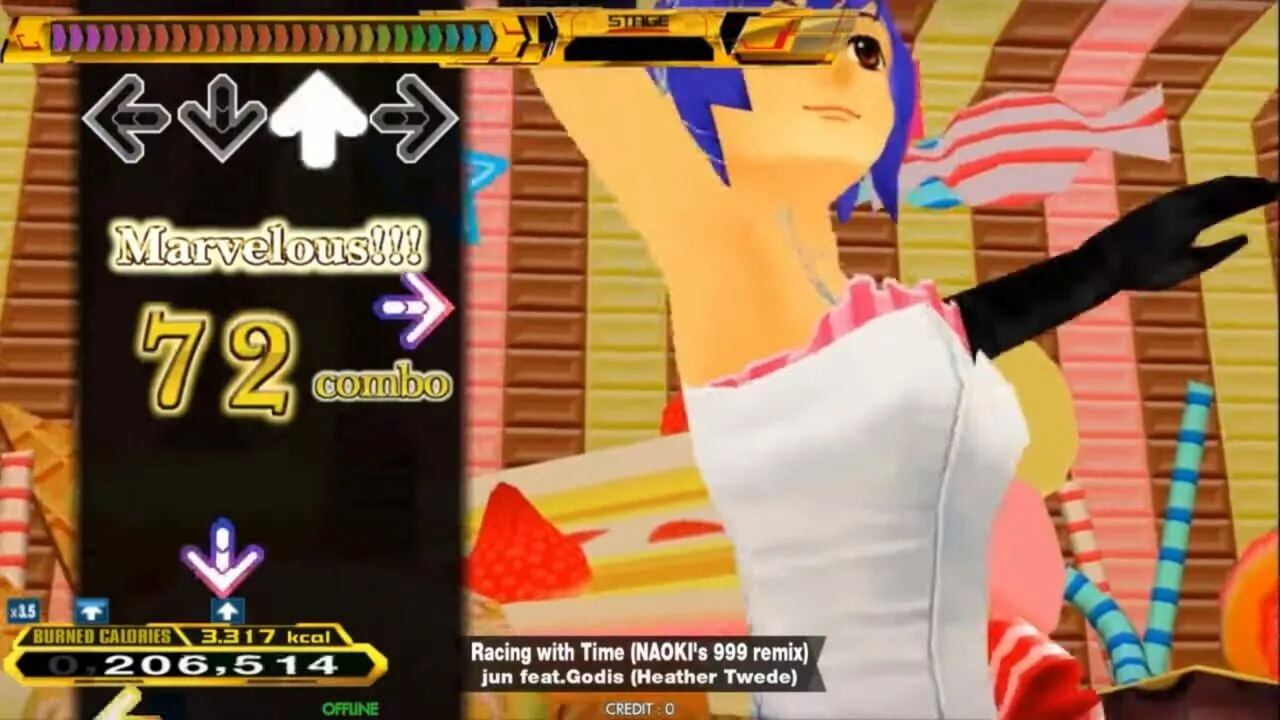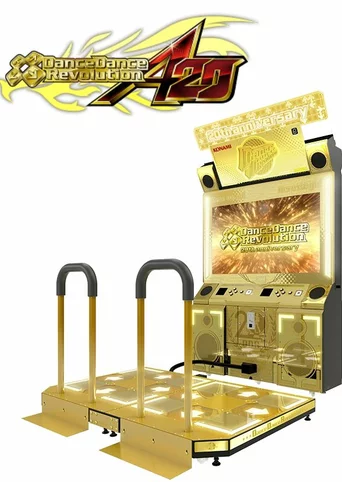
Dance Dance Revolution A20 (2019)
Genres:Arcade, Music
Themes:Party
Game modes:Single player, Multiplayer
Story:Dance Dance Revolution A20 (pronounced Ace Two Oh) is a music video game, the 16th installment of the Dance Dance Revolution series, and the sequel to Dance Dance Revolution A. The game was released on new, golden cabinets on March 20, 2019 in Japan. A software upgrade for older cabinets for Japan and Asia was released on July 24, 2019, with Korea receiving a localized release on August 1, 2019, and North America on September 24, 2019. A location test in Europe began on October 7, 2019, and ended on March 16, 2020. Dance Dance Revolution A20 Plus is an update that adds 14 new songs, available on July 1, 2020 for Japanese 20th Anniversary cabinets.Show more
Vote to bring this game to GOG and help preserve it.15
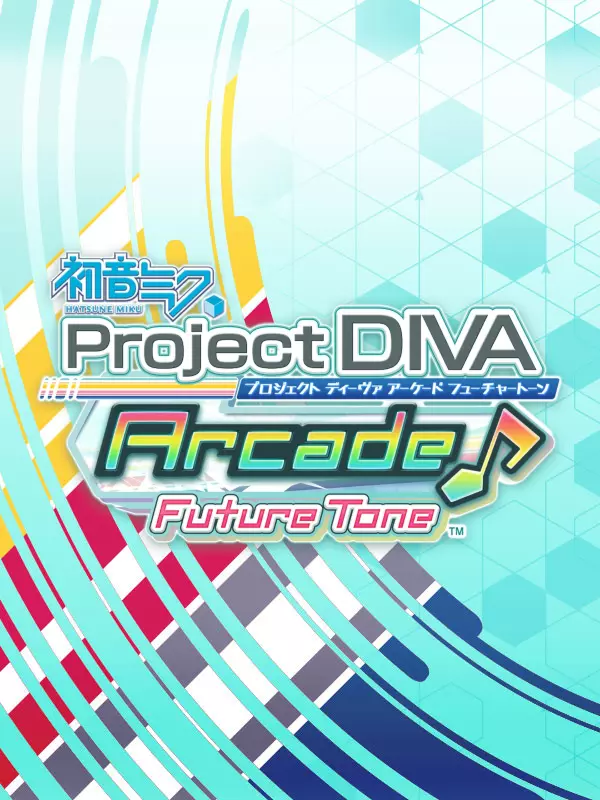
Hatsune Miku: Project Diva Arcade Future ToneThe sequel to Hatsune Miku: Project Diva Arcade, adding several new songs and a Touch Slider. It also features improved graphics over the previous game thanks to upgraded hardware powering the game.
The game received two major updates, "Version A" and "Version B", which each added new songs. It also received a cabinet revision that added a photo mode and a printer to print photos taken, titled "Hatsune Miku: Project Diva Arcade Future Tone with Photo Studio".
Hatsune Miku: Project Diva Arcade Future Tone was ported to the PlayStation 4 in 2016 as "Hatsune Miku: Project Diva Future Tone".Fantasy Science fiction
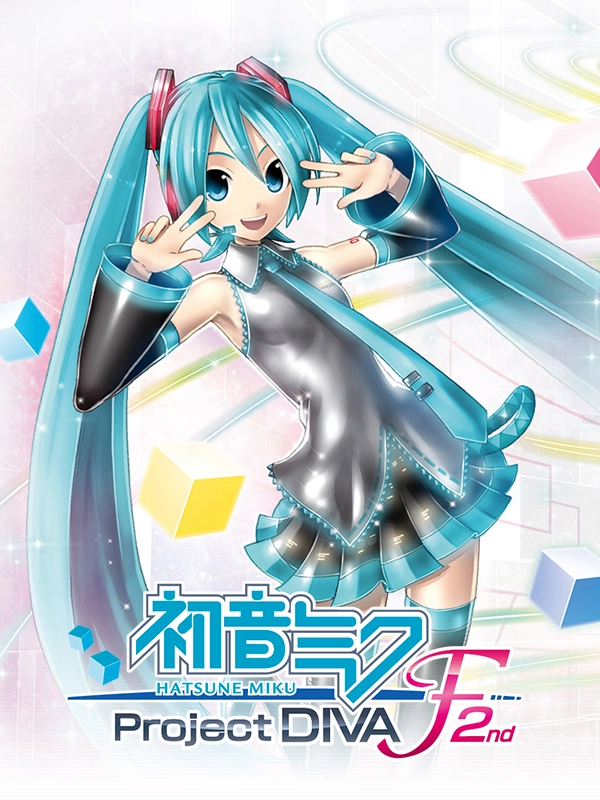
Hatsune Miku: Project Diva F 2ndHatsune Miku: Project DIVA F 2nd is a rhythm game, and is the direct sequel to Hatsune Miku: Project DIVA F. The game is set to have a similar play style to its predecessor whilst featuring new songs, returning songs from previous games, and character modules. New in-game mechanisms original to the game include sliding touchscreen notes, and double scratch notes. The DIVA room also features various minigames that can be played, including a clapping game. Another new addition to Project DIVA F 2nd over the previous game is the ability to change skins for the rhythm game mode, where decorative skin designs can be downloaded as DLC. The game features cross-save support between PS Vita and PS3 systems.Fantasy

Hatsune Miku: Project Diva Future ToneHatsune Miku: Project Diva Future Tone is a home console port of Hatsune Miku: Project Diva Arcade Future Tone for the PlayStation 4, containing over 200 songs and 300 modules to collect.
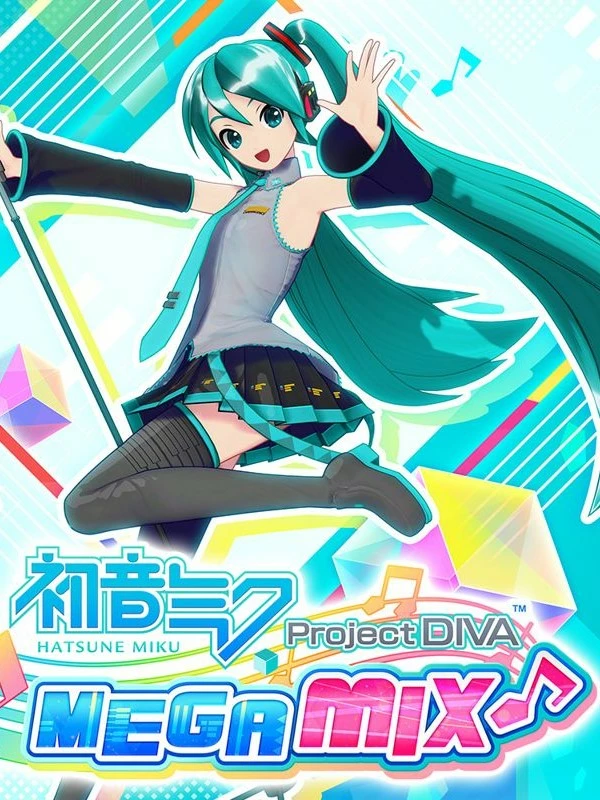
Hatsune Miku: Project Diva Mega MixHatsune Miku: Project Diva MegaMix is a rhythm game featuring 101 songs (100 songs from the history of the series, including newly recorded songs plus the game’s newly written theme song), over 300 modules (costumes), and new game modes made specifically for Switch (details to be announced at a later date). 3D character models have also been updated with an anime-style touch.
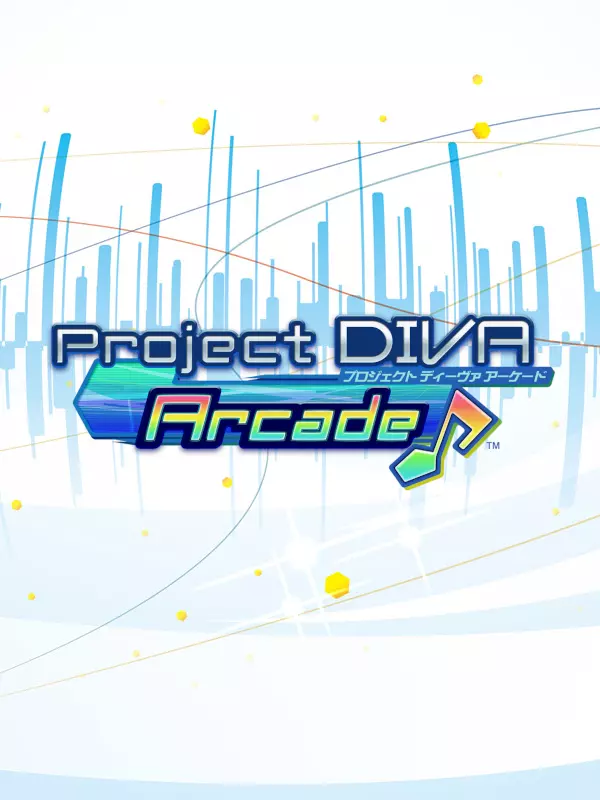
Hatsune Miku: Project Diva ArcadeHatsune Miku: Project DIVA Arcade is an arcade rhythm game. The game is a port of the 2009 video game, Hatsune Miku: Project DIVA, with updated visuals. The gameplay is relatively the same as the original. The signature PlayStation buttons, cross, circle, square and triangle are now the 4 large buttons on the machine's panel, and players push those buttons to play the games. Unlike the handheld versions of the game, players can hold a button or buttons for an unlimited time when the game indicates to hold a certain note. This will allow players to receive a bonus which continuely increases the score until the player releases one of the held button or a "Max Hold Bonus" is granted. Another difference is that multiple buttons can be hit at the same time up to all four buttons. The arcade version features songs from both Hatsune Miku: Project DIVA series and Hatsune Miku and Future Stars: Project Mirai, along with a variety of original songs not included in either of the handheld versions. The Promotional Videos for the game, which are the videos playing in the background during a song have been updated and re-rendered for the game bearing a similar resemblance to the Dreamy Theatre versions of the PVs.
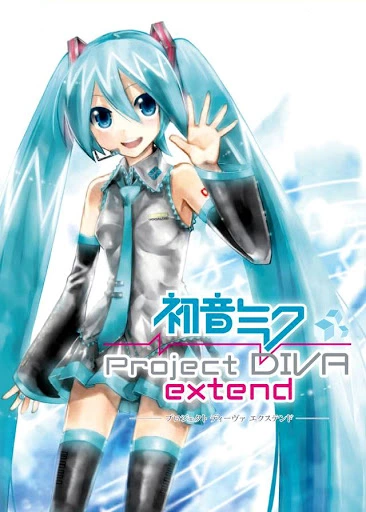
Hatsune Miku: Project Diva ExtendHatsune Miku: Project Diva Extend is a rhythm game and an enhanced version of the 2010 title, Hatsune Miku: Project Diva 2nd. Like the original the game primarily makes use of Vocaloids, a series of singing synthesizer software, and the songs created using these vocaloids most notably the virtual-diva Vocaloid Hatsune Miku. The gameplay remains the same as in the previous game, but Extend features a larger set of songs and modules. Similar to past games in the series, a companion game Hatsune Miku: Project Diva Dreamy Theater Extend was released on the PlayStation 3 with improved visuals and it also supports stereoscopic 3D for the first time in the series.
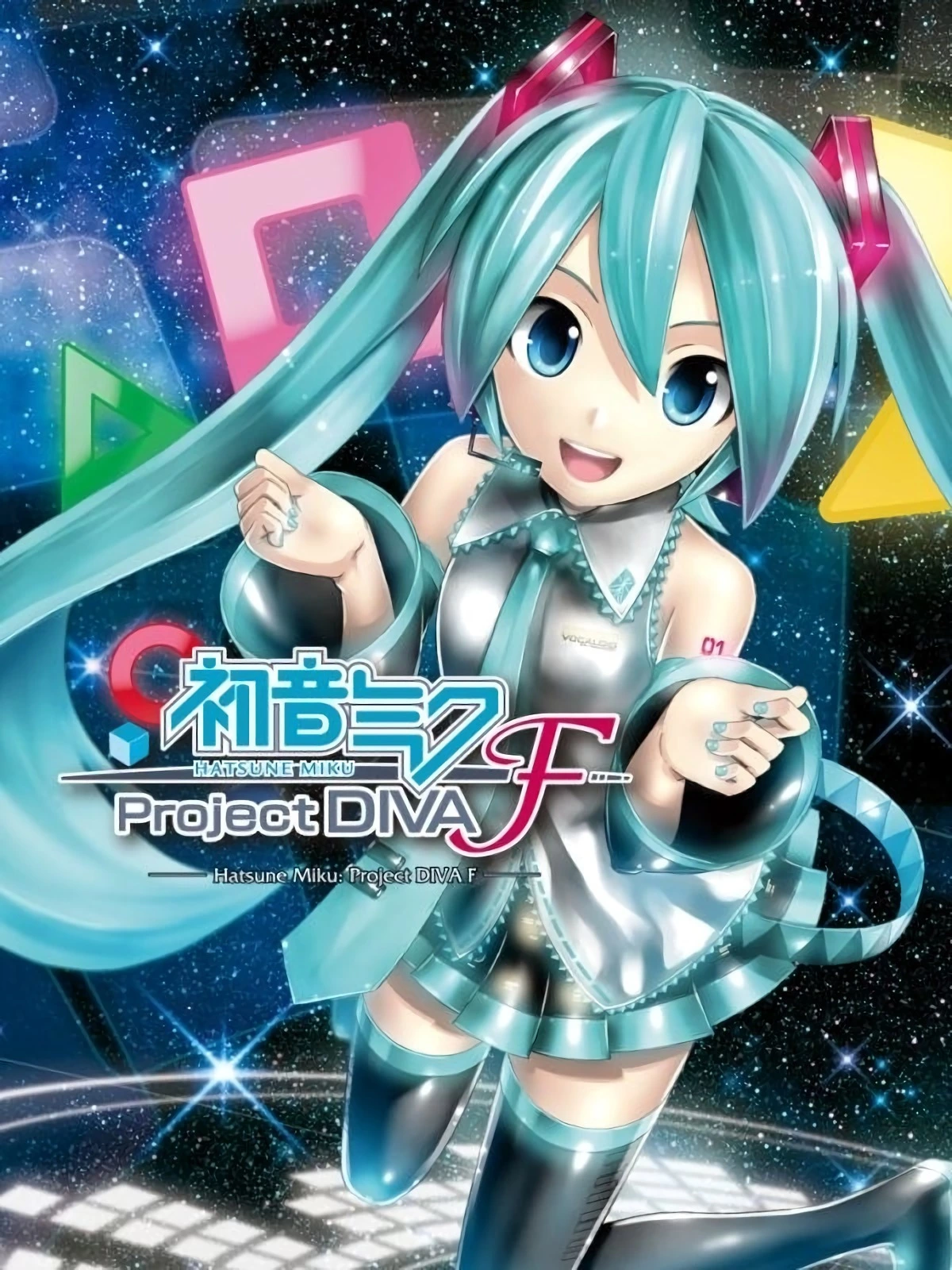
Hatsune Miku: Project Diva FHatsune Miku: Project Diva F is a rhythm game and the fifth entry in the Hatsune Miku: Project Diva series of Vocaloid rhythm games. It was also the first game in the Project Diva series to be released in the West. Like the original the game primarily makes use of Vocaloids, a series of singing synthesizer software, and the songs created using these vocaloids, most notably the virtual-diva Hatsune Miku. The game retains the same basic gameplay mechanics from the series albeit with several new changes, most notably the addition of the "Star" symbol to the game's existing symbols of cross, circle, square, triangle and arrows. The "Star" symbol represents the "Scratch" move where instead of pressing the face buttons as usual, players rub the screen or flick the analogue stick, depending on which system is being used. "Chance Time" has been modified from previous installments, with each successful beat filling a star shaped gauge on the bottom left of the screen. When filled, it triggers a final scratch symbol that, if successfully scored, will change the outcome of the scene. Another new mechanic is the "Technical Zone" mechanic. When it occurs during a song, players must maintain an uninterrupted combo within that time limit for bonus points.
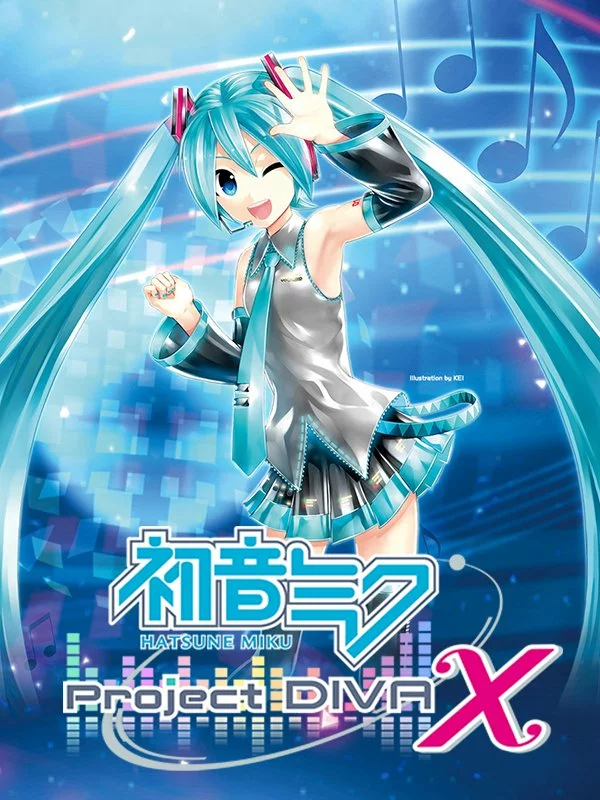
Hatsune Miku: Project Diva XHatsune Miku: Project Diva X is a rhythm game in the Project DIVA series of games featuring Crypton Future Media's popular VOCALOID voicebanks. Sega confirmed the concept for the game is both live concerts, and producing. New to the series is the Live Quest story mode, which infuses the series' classic rhythm gameplay with RPG elements.
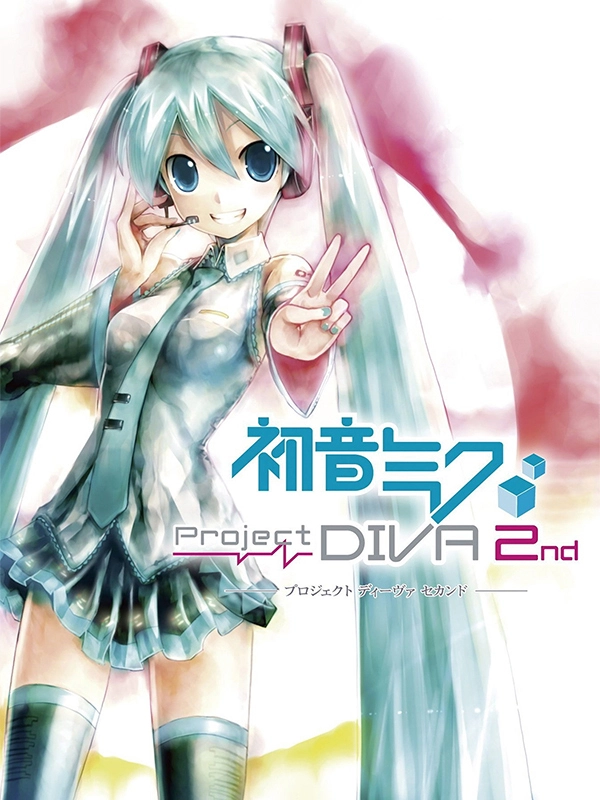
Hatsune Miku: Project Diva 2ndHatsune Miku: Project DIVA 2nd is a rhythm game and a sequel to the 2009 title, Hatsune Miku: Project DIVA. Like the original the game primarily makes use of Vocaloids, a series of singing synthesizer software, and the songs created using these vocaloids most notably the virtual-diva Vocaloid Hatsune Miku. In addition, a companion game Hatsune Miku: Project DIVA Dreamy Theater 2nd that allows players to play the game on the PlayStation 3 with improved visuals. There are a total of 66 songs available in Hatsune Miku: Project Diva 2nd.
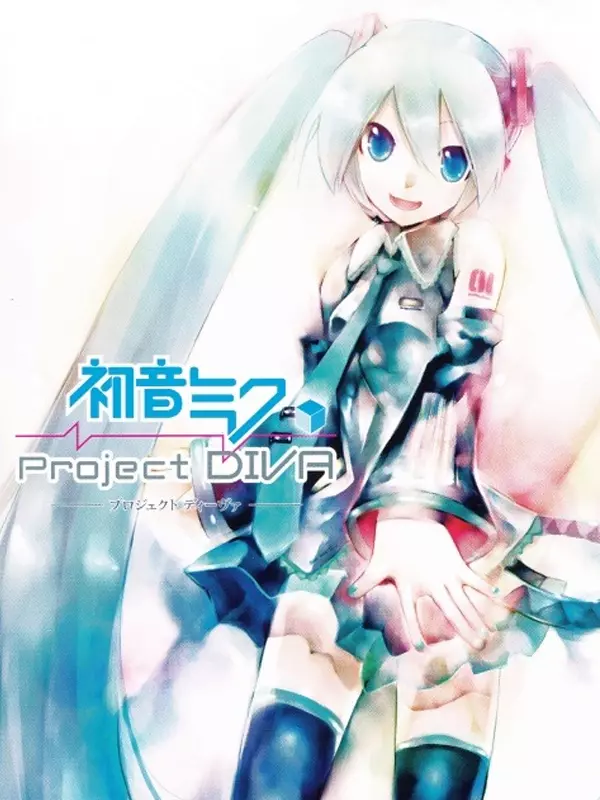
Hatsune Miku: Project DivaHatsune Miku: Project Diva is a rhythm game and the first game in the Project Diva series. The game primarily makes use of Vocaloids, a series of singing synthesizer software, and the songs created using these Vocaloids most notably the virtual-diva Vocaloid Hatsune Miku. The game is the first video game to utilize the Vocaloid software developed by the Yamaha Corporation. In addition, Sega has released Hatsune Miku: Project Diva Dreamy Theater, a downloadable game on the PlayStation Network for the PlayStation 3. It allows players to play Project Diva on the PlayStation 3 with updated visuals though it requires the PlayStation Portable to be plugged into the PlayStation 3 via a USB cable.

